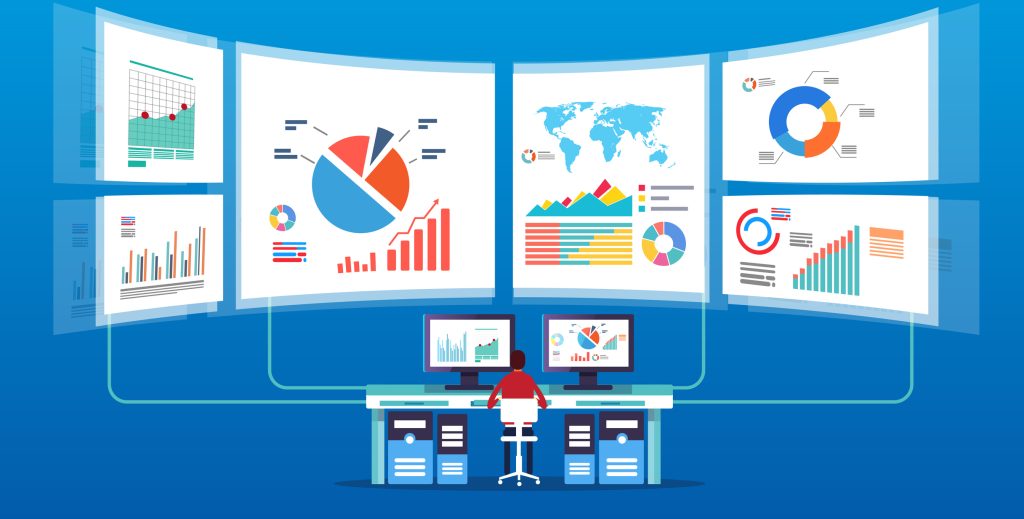
As a Digital Asset Manager, your daily routine is to strive to see your business reach new heights; you soon realise how challenging it is to handle the growing number of digital media. Imagine having to create images, documents, videos, audio files, software, web pages, and social media content. Their number gets extremely high, especially if you’re constantly involved in digital marketing.
At such a point, you need a high level of organisation. Otherwise, the efficiency of your business operations will dwindle. This is where a Digital Asset Manager (DAM) comes in handy.
What is a Digital Asset Manager?
A Digital Asset Manager can be either a person or a tool. In the ‘person’ sense, a Digital Asset Manager is tasked with chronicling, saving, and handling digital media. On the other hand, in the ‘tool’ aspect, a DAM refers to software that facilitates the central storage and retrieval of digital media.
For further insight into these two aspects of Digital Asset Management, you may want to check out this guide. Meanwhile, here are eight good reasons your business needs a Digital Asset Manager:
To Promote the organisation
Chances are high that you’re not the only one handling your business’ digital assets. Perhaps you have several employees tasked with their management. In such a setting, it’s not uncommon to have some files stored in cloud storage platforms and others in different computer drives, external hard discs, USB sticks, CDs, and the like.
If you were to trace a particular file saved by employee X some months ago, you’d totally be lost on where exactly to start your search. But with a DAM tool, all your digital files are kept in a central location and named in a standard format, meaning there won’t be any unwarranted hassles when looking for specific files.
Saves Time

Without proper organisation, you can spend more than half an hour searching for just one digital file. Imagine handling a big project that requires the use of tens or hundreds of images and videos. You may end up wasting several hours or days stuck in the searching phase.
However, by using DAM software, you can access any file you want with only a few clicks of your mouse. Such instantaneous discoverability considerably shortens project durations.
Controls Access
When your photos, videos, articles, and audio files get in the realm of thousands, you may lose count of who among your employees has access to what. Some important files may also be accessible to individuals outside your business.
If they decide to gain control of your digital assets and hold you for ransom, it’d be a great blow to your many years of hard work. To avoid such inconveniences, you can use a DAM tool to control access to your digital assets. At any given point in time, you know exactly who can view and edit your files. And when you cut relationships with someone who had edit access to your files, you can easily discontinue their rights.
You can also set expiration dates for access rights just in case you forget to do it when the time comes manually. If you wish to, DAM tools also allow you to delete those assets you don’t want anyone in your team to use in any way in the future.
Enhances Security
The crashing of hard discs and the subsequent loss of valuable data isn’t news anymore. Data can also be lost in the event of fire outbreaks, earthquakes, floods, virus attacks, accidental deletion, computer theft, and power failure. Businesses have suffered huge financial losses and emotional ruin due to such unpredictable mishaps.
Why should you take the risks? Sign up with a reliable cloud-based Digital Asset Management provider and safeguard your files.
Facilitates Consistent Branding

Branding is a critical component of marketing. Your current and potential customers identify your business by its name, logo, colour, vision, value proposition, shape of the packaging, graphics, and sounds, among many other elements.
By having access to all previous product promotion campaigns, your marketing team is able to perpetuate your brand’s distinct identity. This is especially important when you add new employees or replace those who are leaving your business for greener pastures. The fresh entrants quickly have a grasp of your way of doing business and seamlessly carry on with it.
Cuts Operating Costs
A single DAM tool can significantly reduce the number of employees needed to manage digital assets. Your workers may spend more time than is necessary to handle the business’s digital assets.
By adopting DAM solutions, you actually render several employees redundant. That means cost savings since you’ll no longer have to pay their salaries. Obviously, the monthly fee you pay for a DAM system is far less than the salaries and benefits you pay your employees.
Makes Telecommuting Easy
There’s no denying that telecommuting is fast gaining ground. Many businesses jumped into this system of working when the COVID-19 lockdowns left them with no other choice. But even after the abatement of the pandemic, several businesses have held onto work-from-home arrangements after tasting its advantages.
If you have employees working from home, it’s important to ensure that they have access to all the files they need to complete their job. Using DAM solutions is one great way to facilitate remote access to digital assets.
Improves Collaboration
Teamwork is commonly required in many business projects. You agree that no one person is skilled in every aspect of your business. One may be good in videos, another talented in photography, audio engineering, content writing, and so forth.
To bring their respective inputs together so as to generate a single output, data asset management software is recommendable. Since all the team members can access all files via the Internet, the need for physical meetings is reduced. This saves expenses and time.
In A Nutshell
Having a Digital Asset Manager is very important for your business. You’re able to organize your humongous digital files concisely and centrally, which makes retrieval easy. Also, you get other benefits like improved collaboration, lower operating costs, data security, and controlled access.


